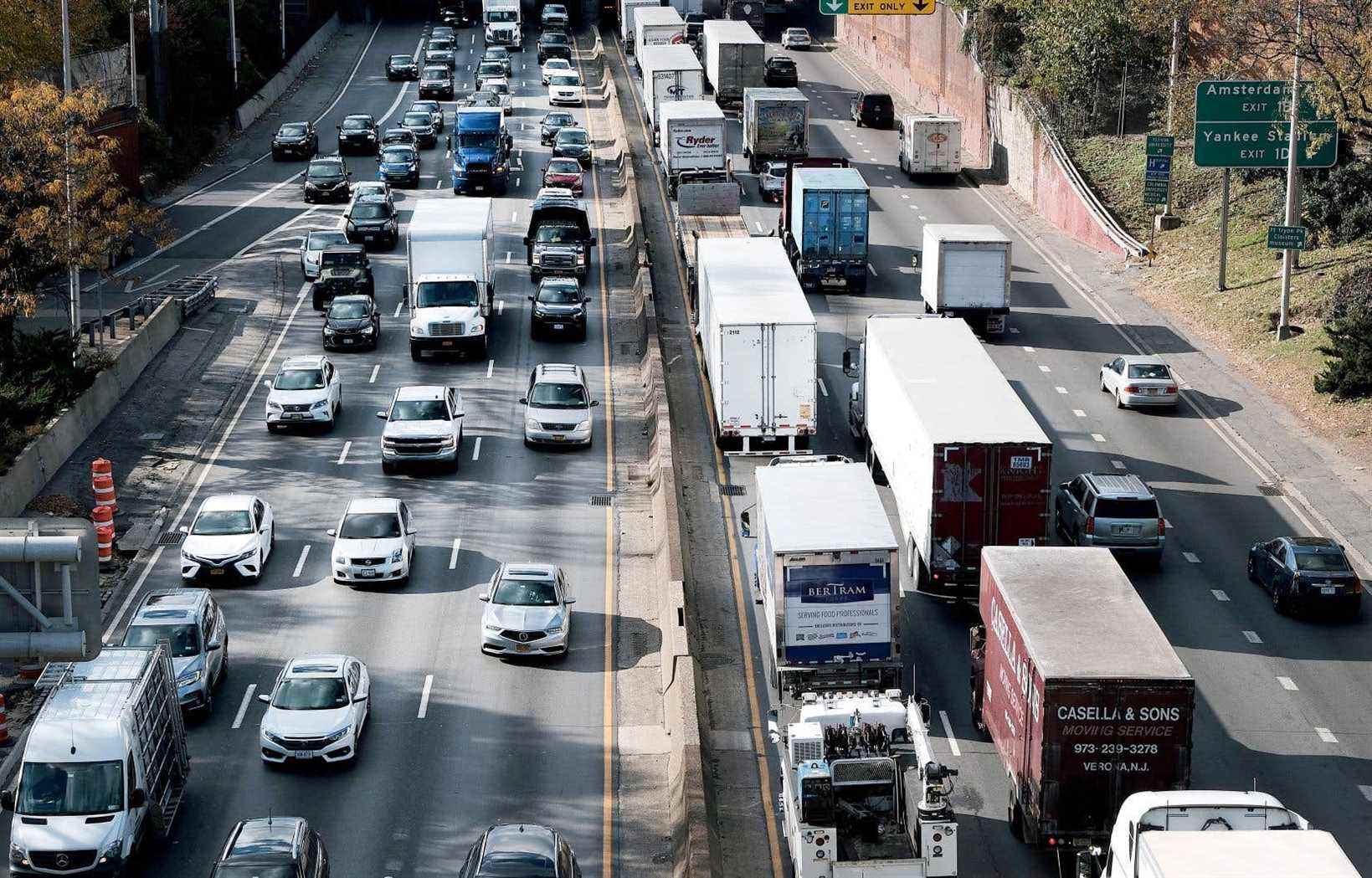Cars sold in the United States will have to be fuel efficient as early as 2023, which should accelerate the deployment of the electric vehicle, the Biden government announced as its plan for the environment has lead in the wing after the defection of ‘a key senator.
Automobile manufacturers will thus have to improve the energy performance of their models by 5% to 10% per year between 2023 and 2026, against 1.5% per year required in March 2020 by the Trump administration, and 5% by the Obama administration.
These new consumption standards, published Monday by the Environmental Protection Agency (EPA), should make it possible to tighten regulations that had been greatly relaxed under the presidency of Donald Trump.
These are “the most ambitious federal greenhouse gas emission standards ever set for passenger cars and vehicles. pickup “Assured the agency in a statement.
Joe Biden, who likes to portray himself as “a guy who loves cars,” promised stricter fuel consumption standards last August.
He had then displayed great ambitions to green the American automotive industry, lagging behind its foreign competitors, and relied in particular, to achieve this, on investments planned as part of its gigantic environmental and social reforms.
However, the “Build Back Better” plan and its US $ 1,750 billion in spending seemed doomed to failure on Monday the day after the announcement of the refusal of a key Democratic senator, the very moderate Joe Manchin, to support it.
Electric cars
While waiting for a more ambitious plan, the EPA requires that cars – SUVs and pickup included – be able by mid-2026 to travel, at continuous speed, 88.5 kilometers (55 miles) on a gallon of fuel (nearly 4 liters), compared to 69 km per gallon forecast by the Trump administration.
The former Republican president had indeed largely relaxed the regulations planned by the Obama administration, which provided 80.5 km per gallon by mid-2025.
In real traffic conditions, this represents, for these new regulations, 64.5 km per gallon, against 51.5 km planned by the Trump administration and 58 km for the Obama administration.
However, this is an average, some vehicles will consume more, others less.
To achieve this, car manufacturers will have to improve the technical performance of their models, but also manufacture more electric cars.
“By mid-2026, the EPA predicts that final standards can be met with around 17% of electric vehicles sold and wider adoption of advanced gasoline engine technologies available today,” the agency said. in a press release.
Electric cars now represent between 2% and 4% of total auto sales in the United States, according to the sources.
Joe Biden had previously signed an executive order that by 2030 half of all cars sold in the United States would be emission-free – electric, plug-in hybrids or hydrogen.
Government support
This new regulation requires “a substantial increase in sales of electric vehicles,” said in a statement John Bozzella, CEO of the Alliance for Automotive Innovation, which brings together American and foreign manufacturers representing nearly all of the cars sold in the United States.
According to him, achieving the planned objectives “will undoubtedly require the adoption of supportive government policies”, he added. He talks about “incentives for consumers, substantial growth in infrastructure, fleet requirements and support for manufacturing and supply chain development in the United States”.
The EPA further estimates that with these new consumption standards, “US drivers will save between $ 210 billion and $ 420 billion by 2050 on fuel costs.”
Among the objectives put forward include “reducing climate pollution, improving public health and saving money at the pump for drivers”, he said.
But for the association of scientists Union of Concerned Scientists, it is essential to be more ambitious: “the new standards go a long way to repairing the damage caused by the previous government, but to stem the climate catastrophe, we must redouble our ambition and demand even more ”.
